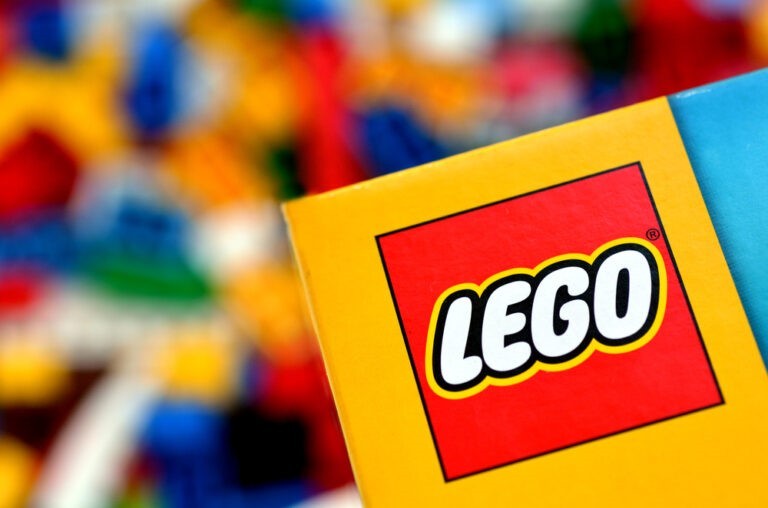Making an accurate record of their assignments, meetings, deadlines, customer information, or future tasks assigned is challenging for managers or staff. It is possible to preserve easily editable data and share it among all members using a variety of free online or commercial software. But the primary problem is that this software’s a little bit difficult, so most of the time spent at work is spent managing these data. It’s also not physically apparent, so even if your laptop or phone is not operating, you’re stuck because all the information is available in the software. The issue was that everything used often during the day had to be easy. And none of the project management tools today helped us do that. Something simple to use was required. Something visual that provided all the information you needed for a look. Maintaining and sticking to the timeframes is challenging for the project manager. I’ll demonstrate how to use LEGO toys to build timelines or activities in this article.
Rather than relying solely on software, the ideal project planning system should be straightforward. Because glancing at a computer monitor or smartphone screen does not allow you to see months into the future, it has to be large and prominent. We had to be able to hold a small amount of time and see and feel how big it was, so it had to be tactile. Managers travel frequently and want to be able to see what’s happening no matter where we are, so it has to function both online and offline. Everyone in our office had a different system for keeping oneself organized; therefore, our solution needed to operate independently of the smartphone, notepad, or pen you used. Everyone appreciated the notion of grids and frameworks that can pull a mess out of your brain and push it to be clean and organized; therefore, it had to appear tidy and orderly. Since we can’t discuss much of our client work, so wanted something we could hang on the wall without disclosing our clients’ identities or project details to random onlookers.
You may use Lego bricks to create a model with various colored blocks to achieve these project planning systems. Each project gets its own color with a project legend on the side. It follows the concept where every column represents a day of the week. There is a row for each team member. Each rectangle represents half a day.
Regarding columns and rows, you can establish your own rules. It firstly signified the cessation of daily time recording. After each month, the project manager would snap a picture of the board and log the team’s activities in a spreadsheet. It also implied simpler temporal units. With some activities taking only 15 minutes, software time tracking became quite detailed. It made creating timetables more difficult and resulted in days being frequently divided between various little chores. You can quickly see capacity by using the calendar. It’s simple to determine who has time to do quick jobs or problem patches if they arise at the last minute. Finally, the complete image emerges. It’s simple to lose track of what’s happening around you when everyone is focused on their pursuits. Thanks to the lego calendar, you can stay updated on what everyone else is doing.
Put, using Lego is fun and straightforward. It has dramatically reduced the workload on our project manager. Time tracking was never completed when it required putting data into a database. However, people genuinely use Lego because it is enjoyable, modifying what they worked on in a day by adding or moving Lego pieces. It’s clear from that modest shift in behavior what may be accomplished by enhancing the user experience.
Everyone enjoys playing with toys. The idea that only children enjoy playing with toys and blocks is untrue. Because everyone is drawn to colors, blocks, sketching, or playing with toys, using toys or building blocks to enhance our job quality or productivity in the office will undoubtedly be successful. So, instead of learning new tools, consider setting up these workshops if you want to increase your productivity.




